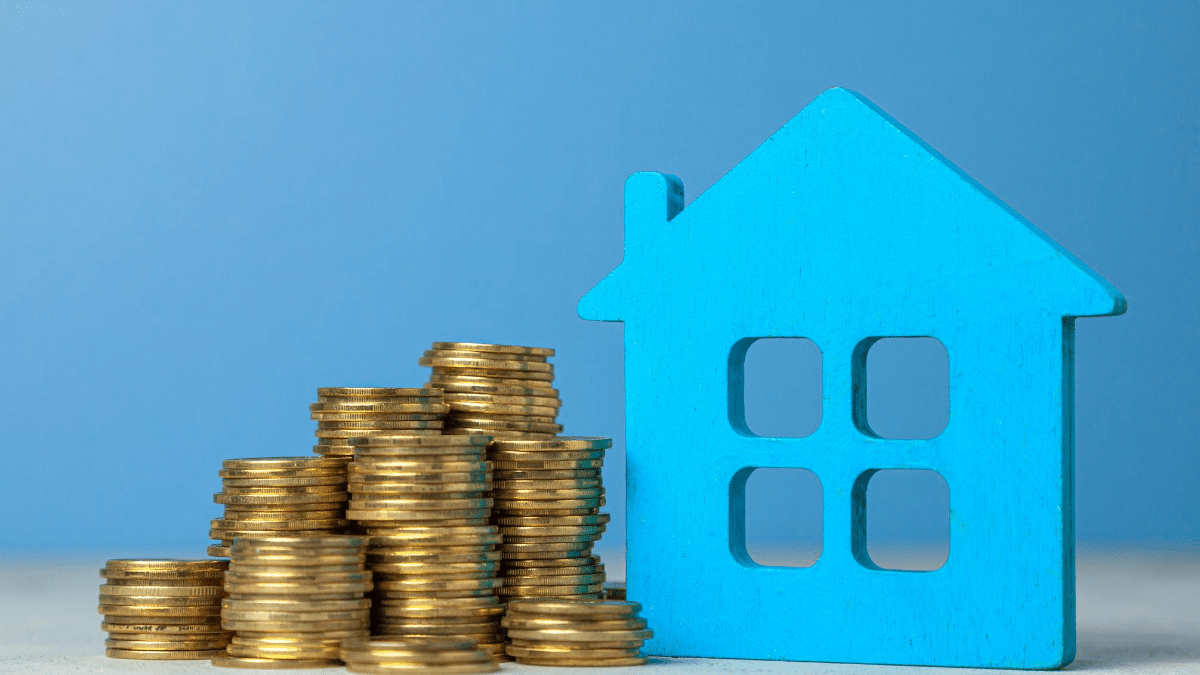
A guide to property stamp duty in India
September 1, 2020 . Financial Planning . 10 min readBuying a new property is an intricate, step-by-step process and involves many expenses that are not apparent upfront. Stamp duty is one such expenditure. If you have ever bought a property, commercial or residential, you will have paid stamp duty on the transaction. If not, you’ll at least have heard of it.
It is a part of the expenses that you will incur when you buy your new home. Any property-related financial transaction done in India includes this expense. So, what is it and how can it affect your home buying decision? Let us take a closer look and understand why you need to account for it whenever you buy a new property.
What is stamp duty?
Stamp duty is a tax levied by respective state governments on all property transactions within India under section 3 of the Indian Stamp Act, 1899. Just physical possession of a property is not considered as legal ownership. The property must be registered in your name to be considered legally yours.
It is the amount you pay while registering the property in your name. In India it varies between 2% – 7% of the property agreement depending on type of property and the state or union territory in which it is located. As a homebuyer you can claim tax benefit on stamp duty and registration charges up to ₹ 1.5 lakhs under Section 80C of the Income Tax Act, 1961.
How is it paid to the government?
Before digitization, it had to be paid in the sub-registrar’s office, following a long-winded, step-by-step process. Though this option is still available, it can now also be paid online. It is easy, convenient, and goes a long way in taking on counterfeiting. Currently, Stock Holding Corporation of India Limited (SHCIL) takes care of all online registrations all over India except Mumbai. In Mumbai, online stamp duty is to be paid through the Government Receipt Accounting System (GRAS) of the Maharashtra Government.
There are three ways in which you can pay the stamp duty on your new property purchase;
- e-Stamping: It is the easiest and the most convenient way to pay it online.
- Non-judicial Stamp Papers: One of the traditional ways to pay it which involves a visit to the nearest sub-registrar office.
- Franking: It is the process of impressing your sales deed with a red mark through government-authorized automated franking machines.
Due to the benefits and convenience of digitalization, we’ll look at how you can pay your stamp duty through e-stamping at SHCIL.
- Visit www.shcilestamp.com and register yourself if you’re a first-time user. Registration is mandatory.
- Enter the required details and create your user id and password.
- Activate your account through the link that you will receive in your email.
- Once you are logged in, select your state and the nearest SHCIL branch.
- Enter all the transaction details such as first party name, second-party name, article number, stamp duty paid by, and stamp duty amount
- After you submit the form, you will get an Online Reference Acknowledgement Number.
- Take a printout of the number and visit the nearest SHCIL branch to receive your final e-stamp certificate.
Stamp duty payment through GRAS for Mumbai is slightly different.
- Visit https://gras.mahakosh.gov.in/echallan/ and login if you are a registered user. If not, create a new account or click on ‘Pay without Registration’.
- Select ‘e-Payment’ as payment mode and ‘Inspector General of Registration’ as department.
- Select ‘Non-Judicial Stamp Duty Customer Payment and/or Registration Fees’ as the payment type.
- Enter the rest of the details such as scheme name, district, office name, amount, PAN, your name, address, pin code, and mobile number.
- Click on ‘Proceed for Payment’ and make the payment on the next screen.
- You can then download the final e-Challan that is generated.
When is it payable?
This is a question many people have. You will have to pay it before the execution of your property document, or on the next working day of execution at the most. By execution we mean signing the transfer of property document by the parties involved in the transaction.
Current rate
Here’s a look at the current rate of stamp duty that is applicable in the major cities across the country.
| City | Stamp Duty (% of Property Value) |
|---|---|
| Ahmedabad | 4.9% |
| Bengaluru, Mysore, Mangalore | 5% on properties above ₹ 35 lakhs 3% on properties between ₹ 21 to 35 lakhs 2% on properties below ₹ 21 lakhs |
| Chennai, Coimbatore | 7% |
| Gurgaon | 7% for male owners, within municipal limits 5% for female owners, within municipal limits 6% for joint ownership, within municipal limits 5% for male owners, outside municipal limits 3% for female owners, outside municipal limits 4% for joint ownership, outside municipal limits |
| Hyderabad | 4% |
| Kalyan, Mumbai | 2% |
| Kolkata | 7% for properties over ₹ 25 lakhs, within municipal area 6% for properties below ₹ 25 lakhs, within municipal area 6% for properties over ₹ 25 lakhs, outside municipal area 5% for properties below ₹ 25 lakhs, outside municipal area |
| Navi Mumbai, Pune, Thane | 2% |
Determining Factors:
In addition to caring from city to city, stamp duty over a property depends on the following factors;
- Age of property: Older properties are less expensive and attract lower stamp duty.
- Age of property holder: Senior citizens have to pay lower stamp duty in some cities.
- Type of property: Apartments have a higher stamp duty than independent houses.
- Gender of the owner: Women pay a lower stamp duty than men in some cities.
- Location of the property: Properties in urban areas attract a higher stamp duty than rural areas.
- Amenities offered: A property with more amenities attracts higher stamp duty.
- Purpose of the property: A commercial property has higher stamp duty than a residential property.
How is stamp duty calculated?
It is a pre-set percentage of the property value that is different in each state. It is charged on the current ready reckoner rates or current market value or consideration value of a property, whichever is higher. Additionally, all the factors listed above also play a role in determining the stamp duty on a particular property.
It is worth noting that stamp duty and registration charges are not included in the home loan, but are to be borne by you. Make sure that you factor that in your home buying decision.



